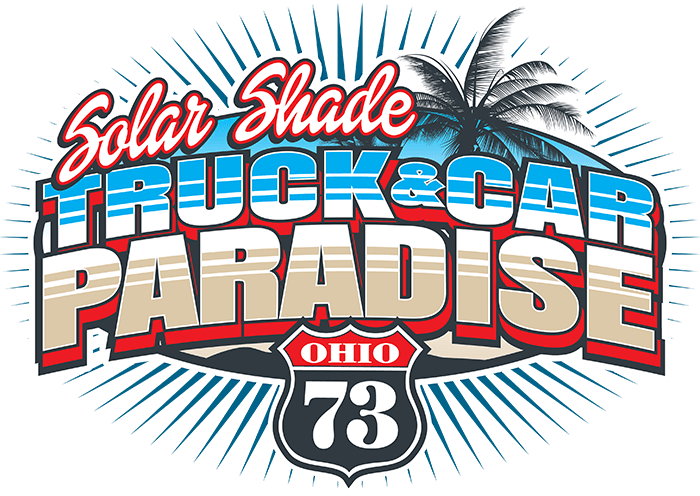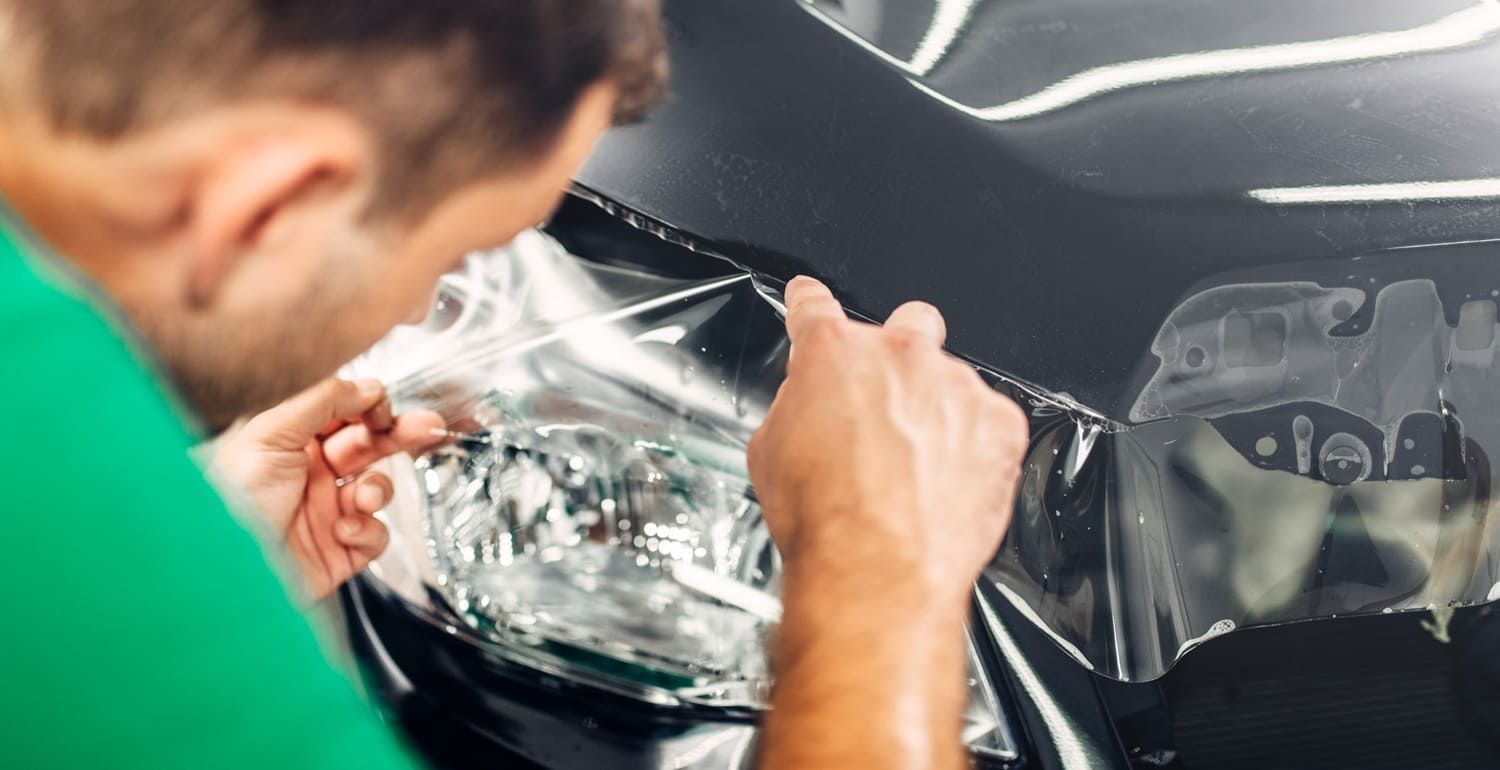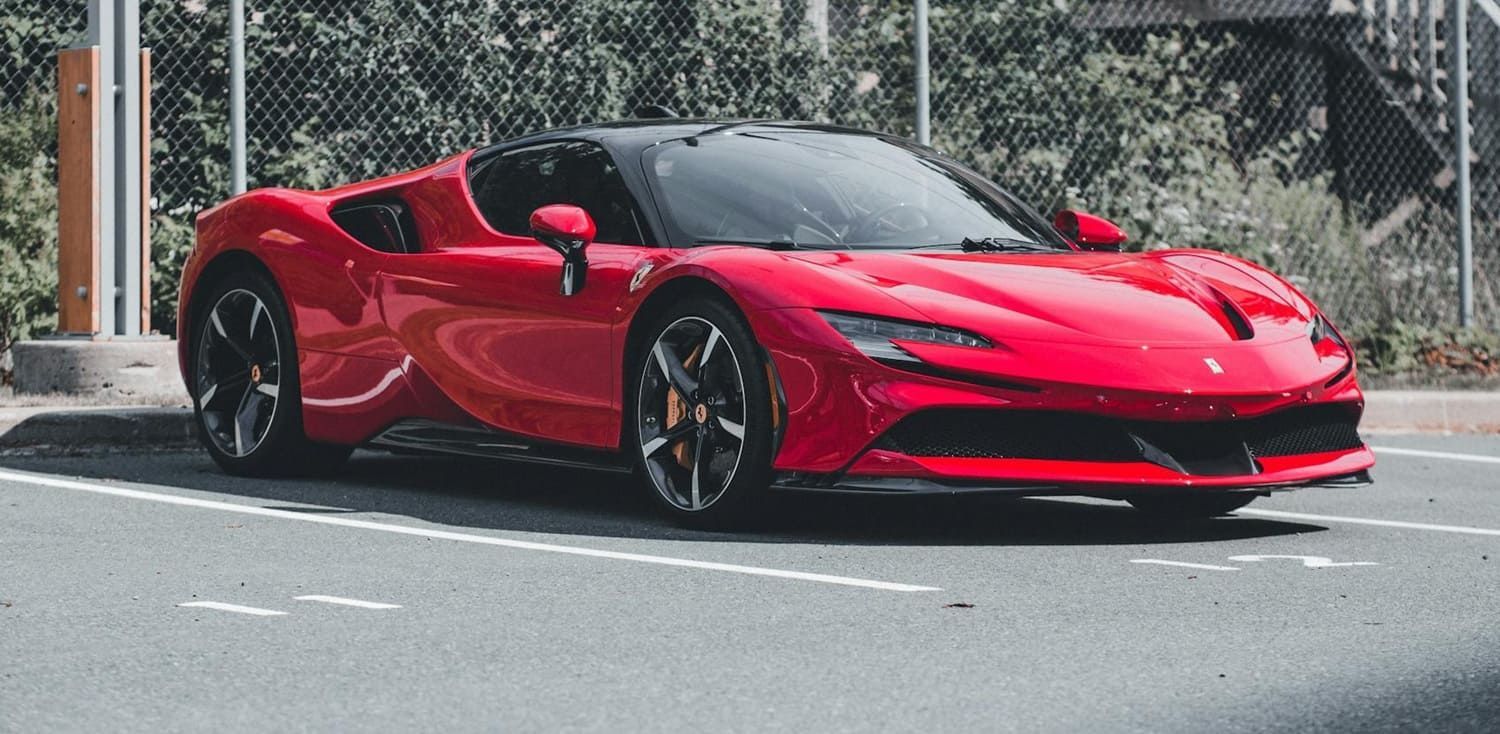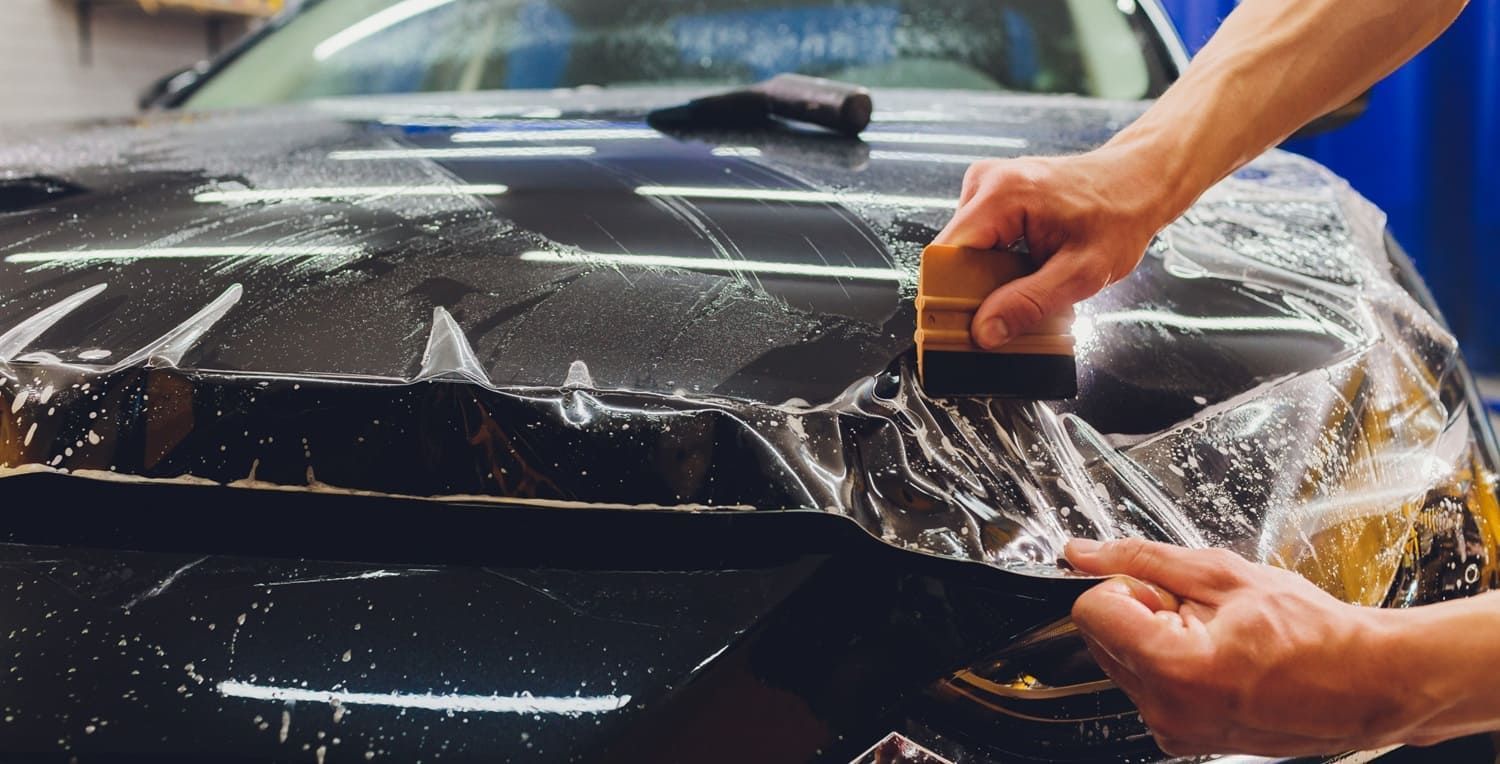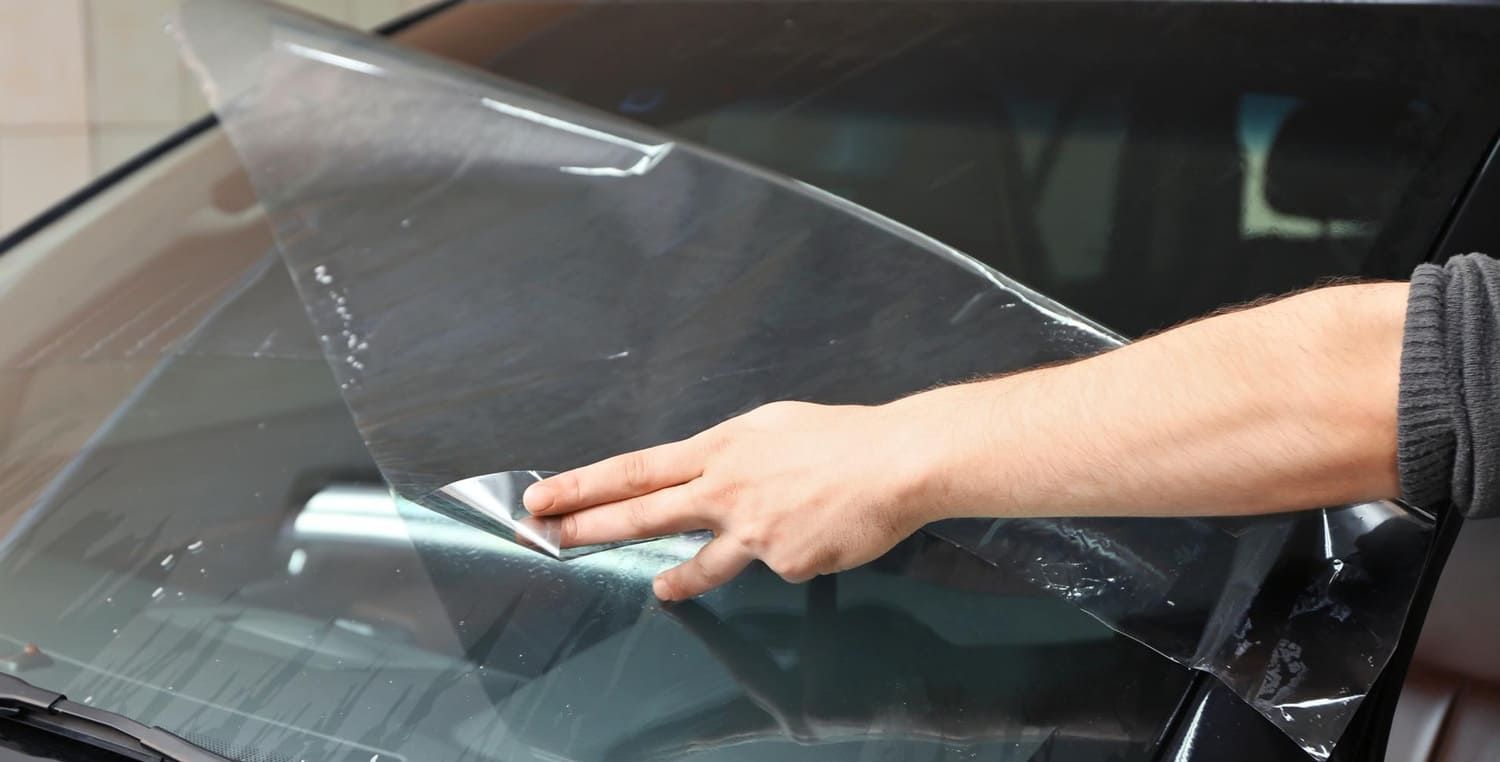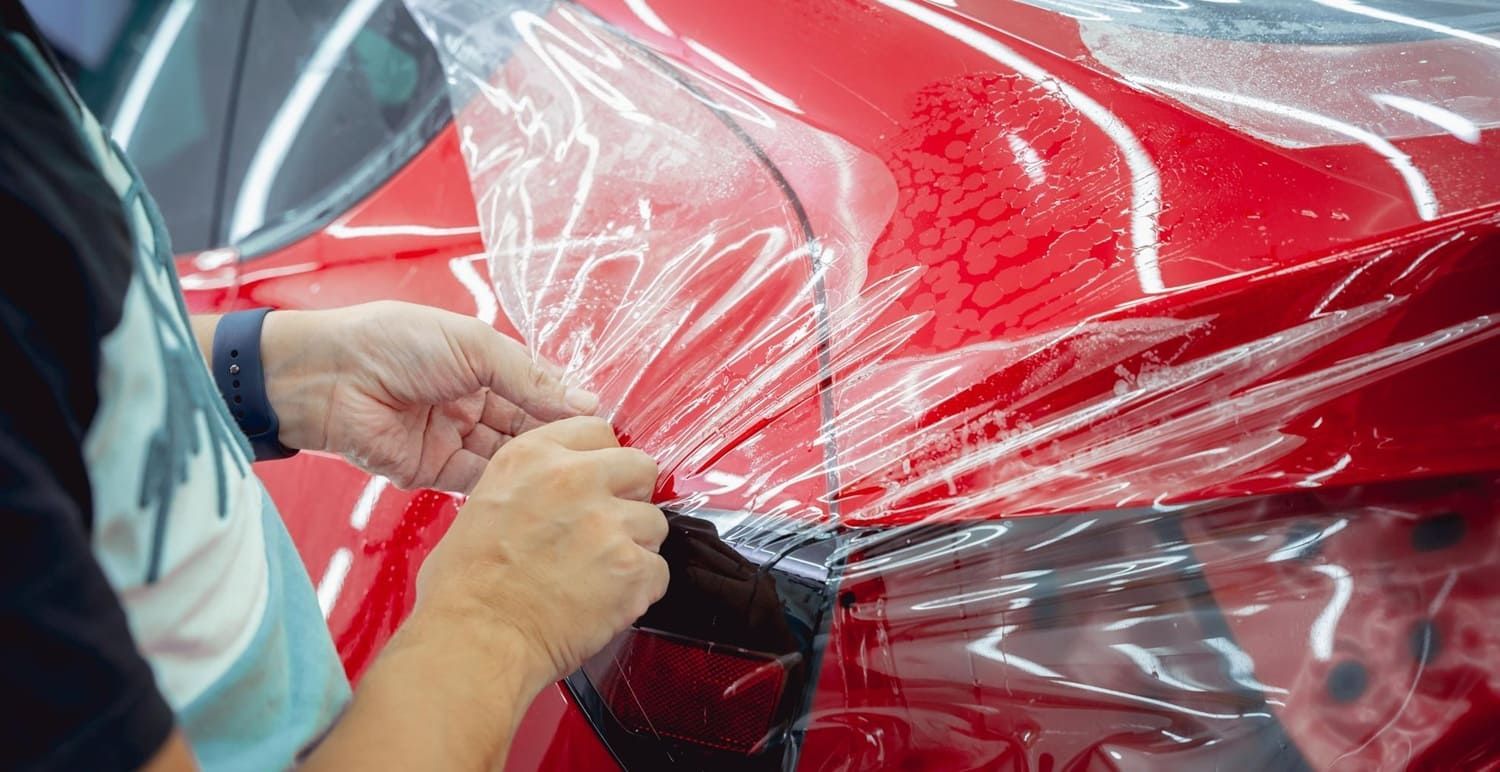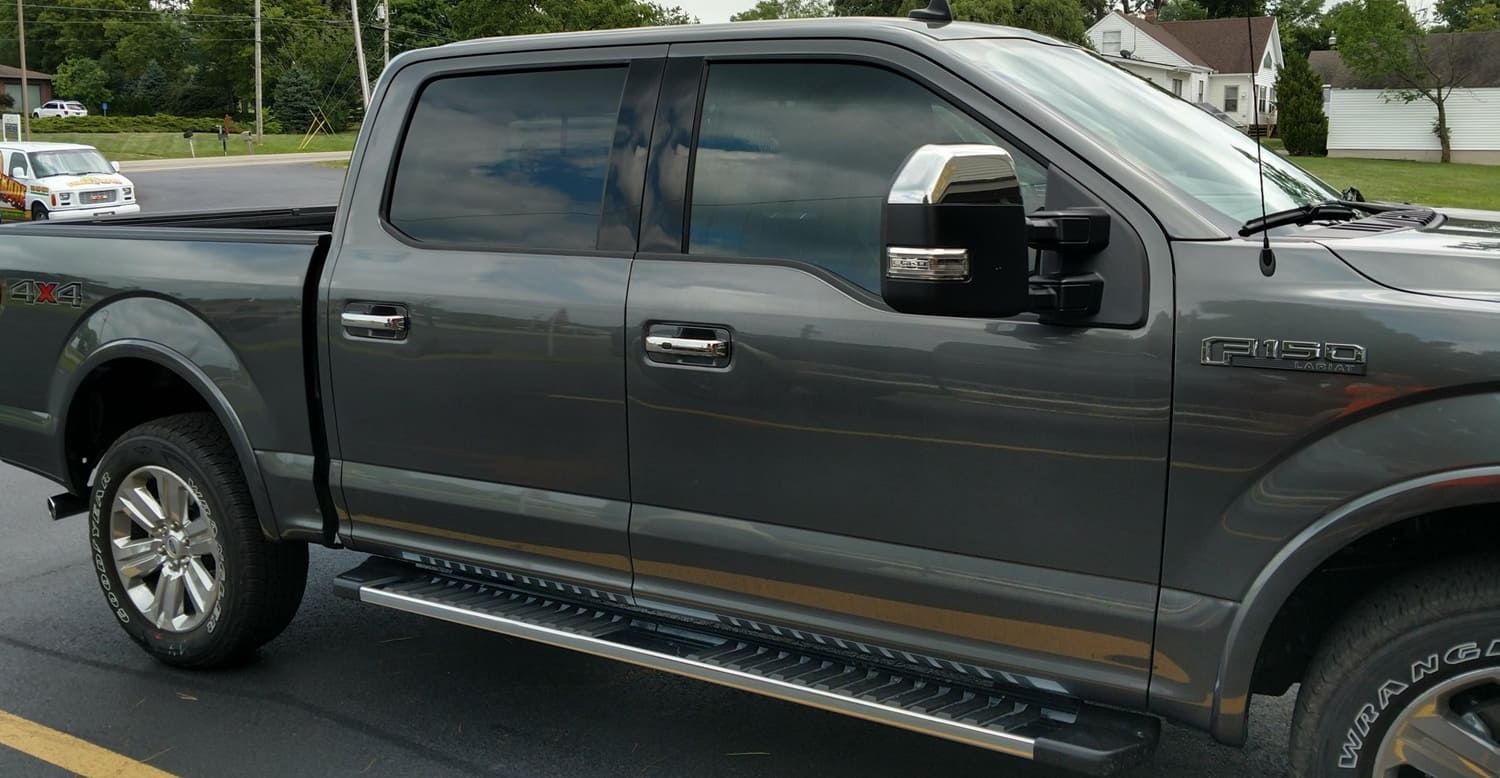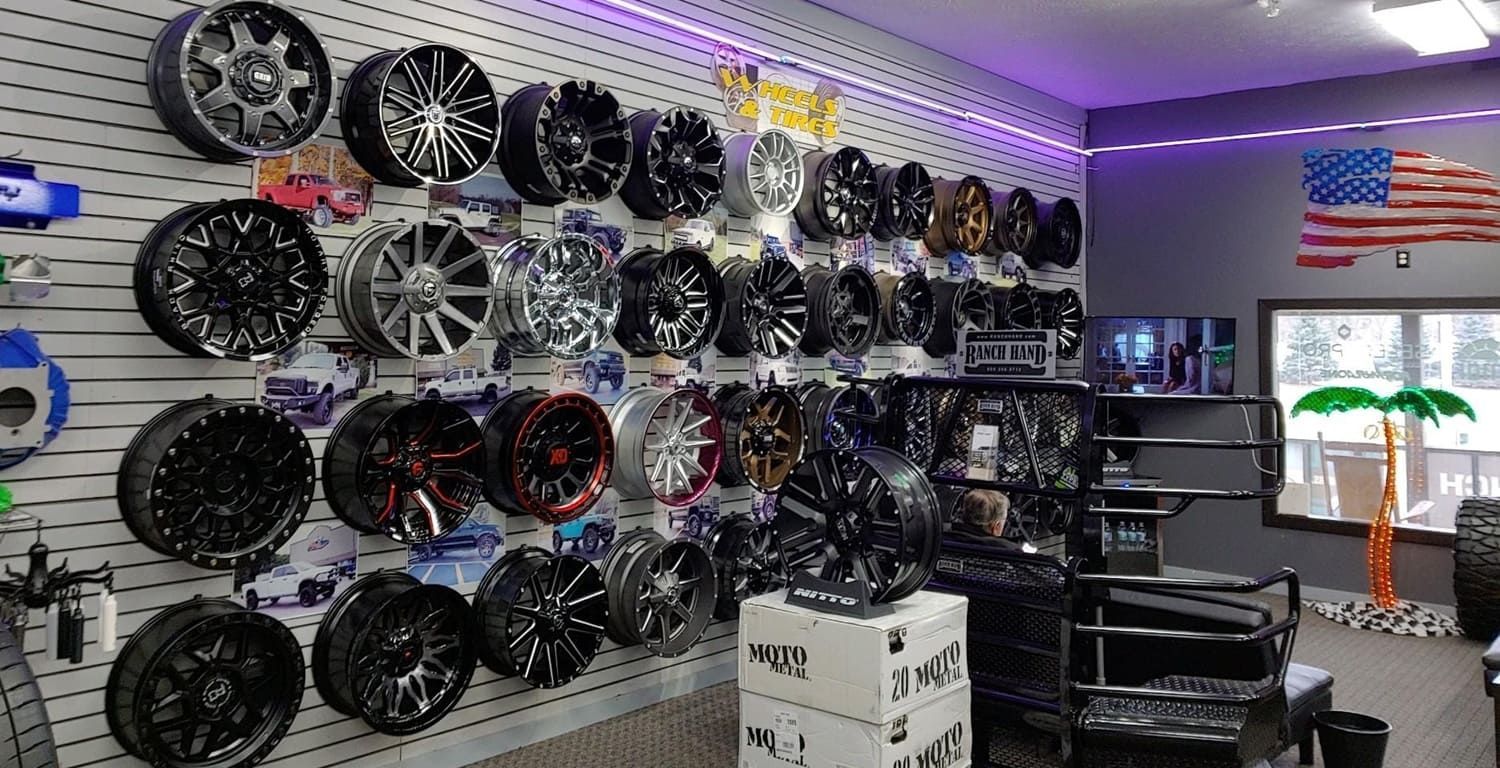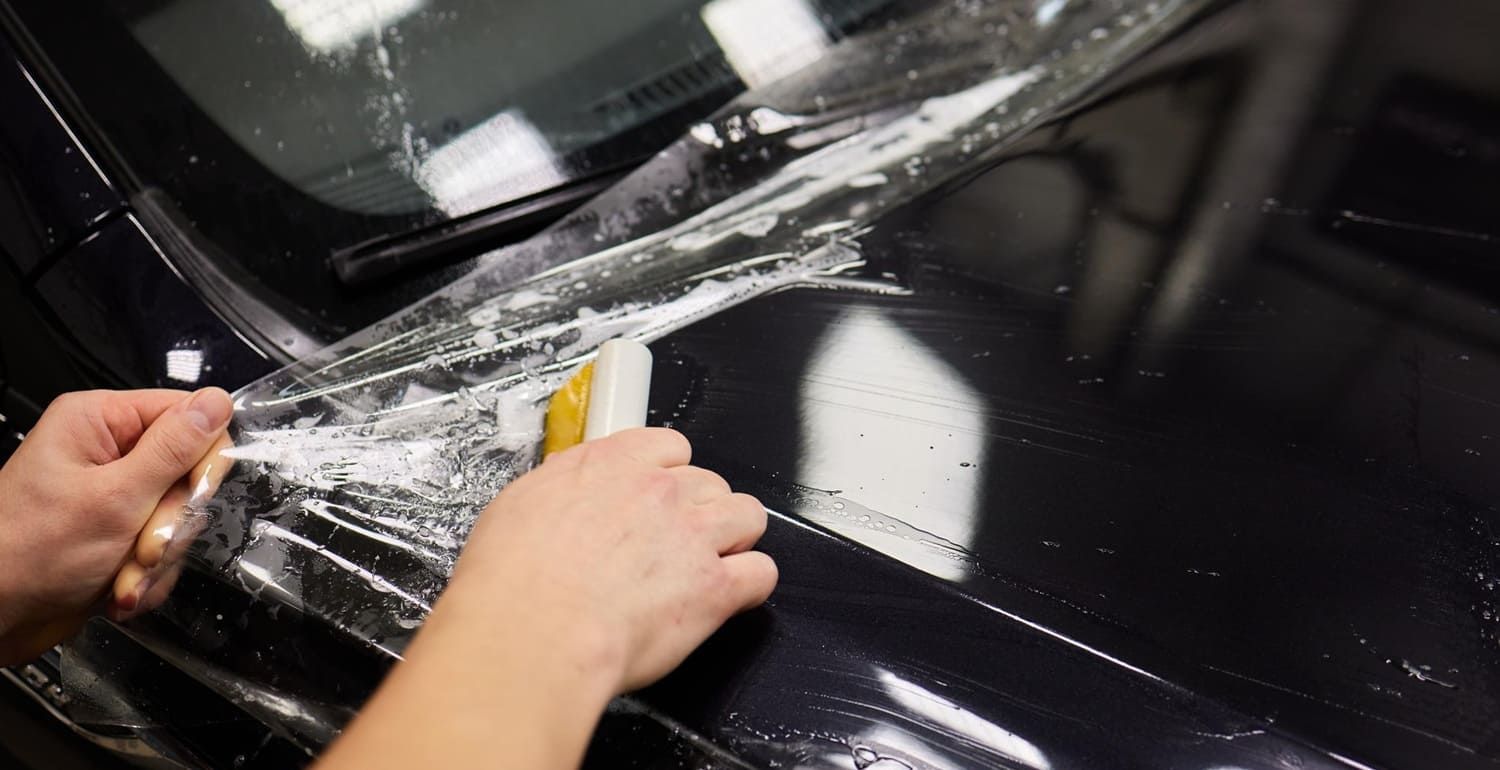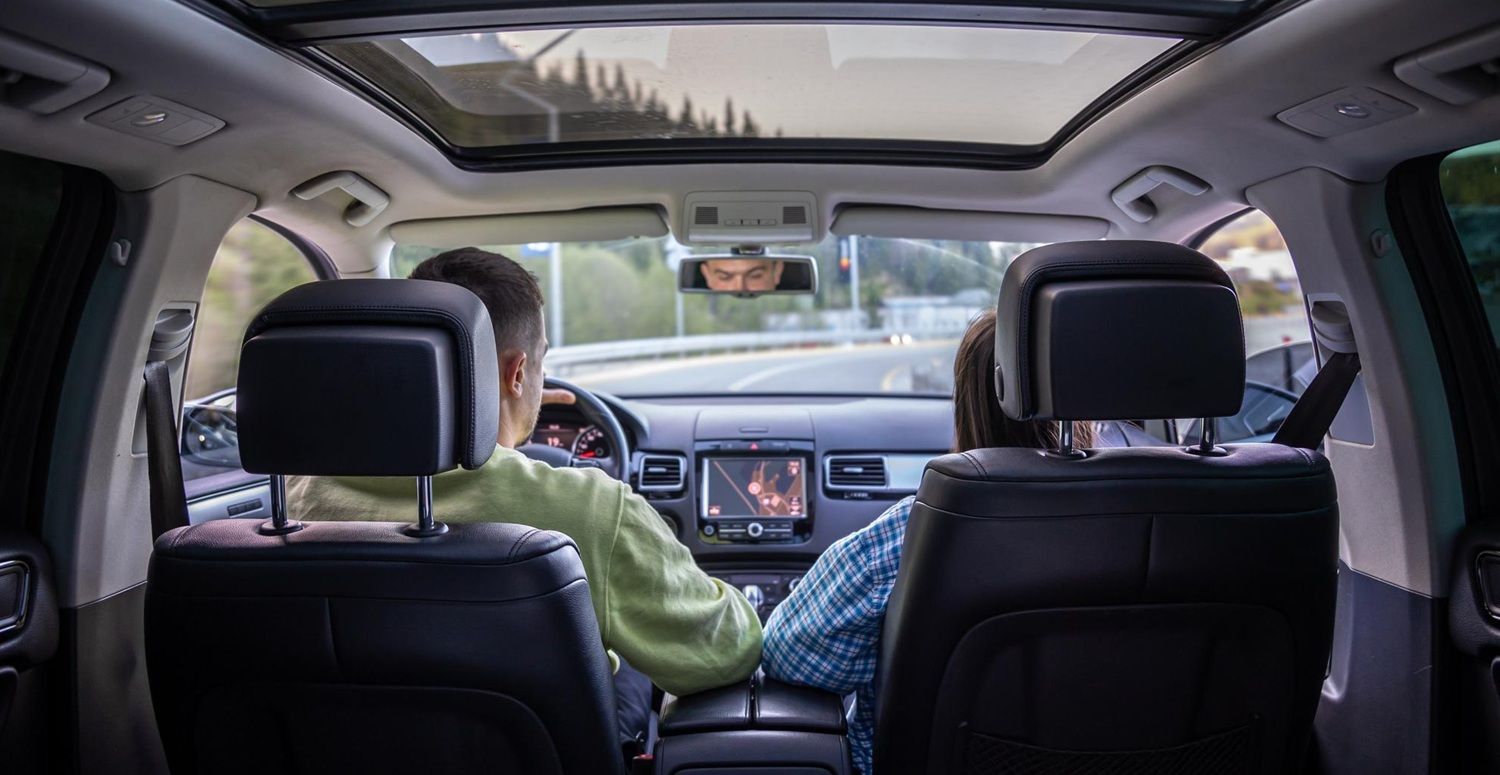Tesla & EV Window Tinting Guide for Ohio Drivers
If you own a Tesla or another electric vehicle in Ohio, you've made a smart investment in cutting-edge automotive technology. But have you considered how window tinting can take your EV experience to the next level? Window tinting isn't just about aesthetics or privacy—it's a functional upgrade that directly impacts your vehicle's performance, comfort, and longevity.
Electric vehicles face unique challenges that make window tinting particularly valuable. Unlike traditional gas-powered cars, EVs rely entirely on battery power for climate control. When your cabin heats up on a sunny Ohio afternoon, your air conditioning system draws significant energy from your battery, reducing your driving range. Quality window tinting can block up to 60% of solar heat, meaning your AC doesn't have to work as hard, and your battery lasts longer between charges.
Beyond energy efficiency, window tinting protects you and your vehicle from harmful ultraviolet rays. Ohio's weather may vary from season to season, but UV radiation remains constant year-round. Without proper protection, these rays can fade your premium interior materials, crack your dashboard, and even increase your risk of skin damage during long commutes. High-quality ceramic window films block up to 99% of UV rays, preserving both your health and your vehicle's resale value.
This comprehensive guide will walk you through everything Ohio EV owners need to know about window tinting—from understanding the best film types for electric vehicles to navigating Ohio's legal requirements. Whether you drive a Tesla Model 3, Model Y, Rivian, or any other electric vehicle, you'll discover how the right window tint can enhance your driving experience while protecting your investment for years to come.
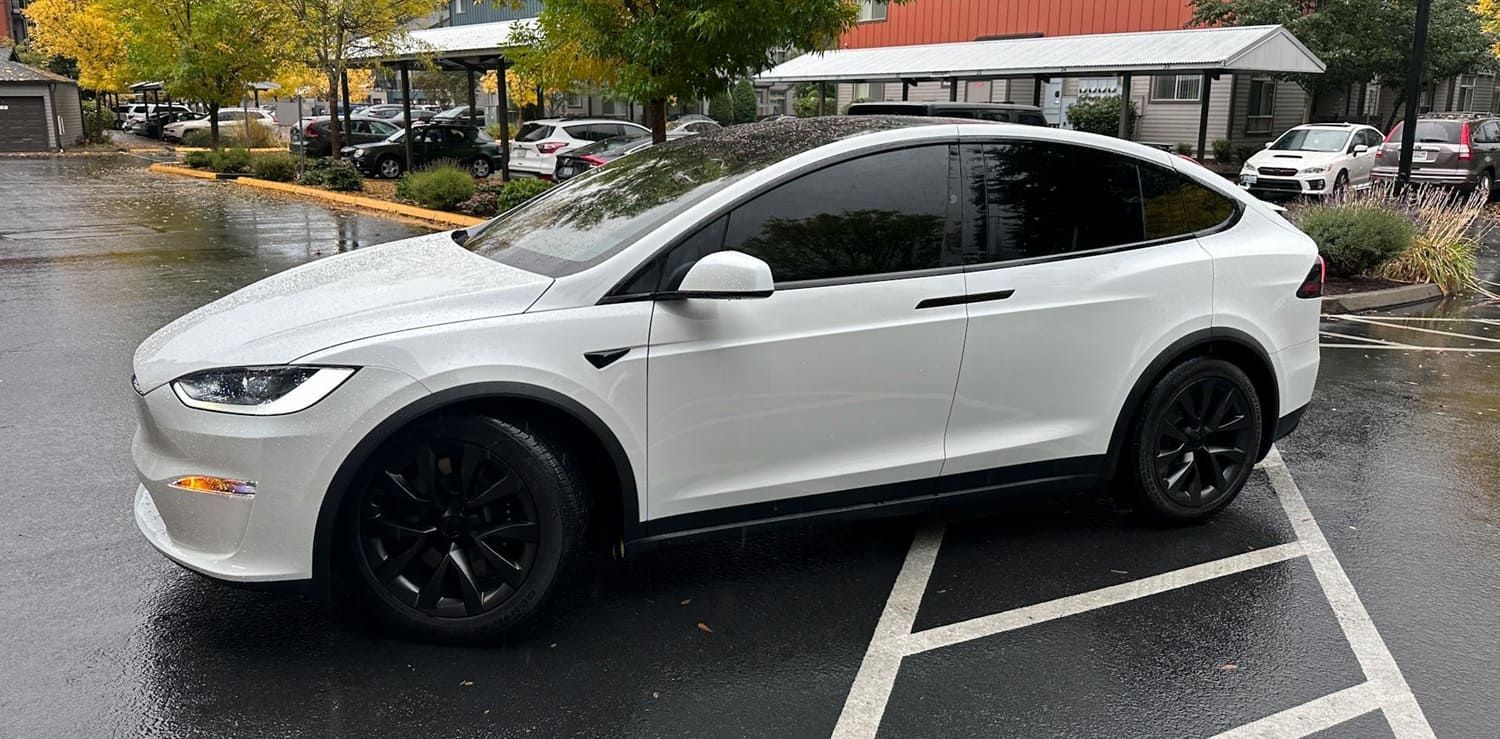
Why EV Owners Should Prioritize Window Tinting
Electric vehicle ownership comes with tremendous benefits, but it also requires a different approach to vehicle maintenance and optimization. Window tinting addresses several EV-specific concerns that traditional car owners may not face as acutely. Understanding these unique advantages helps explain why window tinting has become an essential upgrade for Tesla and EV owners across Ohio.
The most immediate benefit is thermal management. When you park your EV in direct sunlight, the greenhouse effect can raise interior temperatures to uncomfortable and potentially damaging levels. Some Tesla models include a Cabin Overheat Protection feature that automatically activates the air conditioning when interior temperatures exceed 110 degrees—even when the vehicle is parked. While this protects your interior, it also drains your battery. Quality window tinting reduces heat buildup by up to 60%, minimizing how often this feature needs to activate and preserving your battery charge for actual driving.
Energy efficiency extends beyond parked situations. During Ohio's hot summer months, your EV's climate control system can consume 15-30% of your battery capacity on longer drives. By blocking infrared heat before it enters your cabin, ceramic window films reduce the workload on your HVAC system. This translates to tangible range extension—often adding 5-10% more miles per charge during summer driving conditions. For Ohio drivers who regularly travel between cities like Columbus, Cincinnati, or Cleveland, this extra range can mean the difference between reaching your destination comfortably or needing an unplanned charging stop.
Protection is another critical factor. Tesla and other premium EVs feature sophisticated interiors with high-quality materials, large touchscreens, and advanced electronics. UV radiation accelerates the aging of these components, causing leather to crack, fabric to fade, and plastics to become brittle. The large panoramic windshields and expansive glass roofs found in many EVs increase UV exposure compared to traditional vehicles. Window tinting acts as a permanent shield, blocking 99% of harmful UV rays and significantly extending the life of your interior components.
Privacy and security matter too. EVs often attract attention due to their distinctive appearance and visible technology features. Tinted windows provide discretion when your vehicle is parked, making it harder for potential thieves to see valuable items inside or identify your vehicle as a high-tech target. This added privacy also enhances your comfort while driving, reducing the feeling of being on display that some EV owners experience in their glass-heavy vehicles.
Best Window Tint Types for Tesla and Electric Vehicles
Not all window tints are created equal, especially when it comes to electric vehicles. Tesla and other EV manufacturers pack their vehicles with sensitive electronics, GPS systems, wireless connectivity, and advanced driver assistance features. Choosing the wrong tint type can interfere with these technologies, while selecting the right film enhances both protection and performance.
Ceramic Window Film: The Premium Choice for EVs
Ceramic window tint represents the gold standard for Tesla and EV applications. Unlike traditional films, ceramic tint uses nano-ceramic particles that are non-metallic and non-conductive. This composition delivers exceptional performance without interfering with your vehicle's electronic systems—a critical consideration for technology-dependent EVs.
The performance advantages of ceramic film are substantial. These films block up to 60% of infrared heat and 99% of UV rays while maintaining excellent optical clarity. You'll experience significantly cooler cabin temperatures without the hazy or distorted appearance sometimes associated with lower-quality tints. The heat rejection capabilities directly translate to reduced battery consumption from your climate control system, making ceramic tint a functional upgrade that pays dividends every time you drive.
Ceramic films also offer superior durability. While dyed tints can fade to purple over time and metallic films may corrode, ceramic tint maintains its appearance and performance for 10 years or more with proper care. This longevity makes it an excellent investment for Tesla owners who plan to keep their vehicles long-term or want to maximize resale value. The color stability ensures your windows won't develop that dated, faded look that signals cheap tinting work.
For Ohio drivers specifically, ceramic tint excels in variable climate conditions. During summer, it keeps your EV cool and comfortable. In winter, it helps retain interior heat while still blocking glare from snow-reflected sunlight. The four-season functionality makes ceramic film particularly well-suited to Ohio's dramatic seasonal changes.
Carbon Window Film: Quality Performance at Lower Cost
Carbon window film offers a compelling middle ground between basic dyed tints and premium ceramic options. These films incorporate carbon particles that provide good heat rejection—typically blocking 40-45% of infrared radiation—without the signal interference issues of metallic tints. For budget-conscious EV owners, carbon film delivers solid performance at a more accessible price point.
The matte finish of carbon tint appeals to many Tesla owners who prefer a sleek, non-reflective appearance. Unlike metallic films that can create a mirror-like effect, carbon tint offers subtle sophistication that complements the modern design aesthetic of electric vehicles. The film won't fade like dyed options, maintaining its appearance for 5-7 years with proper maintenance.
However, carbon film does have limitations compared to ceramic. The heat rejection capabilities are lower, which means your air conditioning system will still work harder than it would with ceramic tint. For Ohio drivers who primarily use their EVs for short commutes or have access to garage parking, this difference may be acceptable. But for those who frequently take longer trips or regularly park in direct sunlight, the additional investment in ceramic film often proves worthwhile through energy savings and enhanced comfort.
What to Avoid: Films That Don't Work Well with EVs
Metallic window tints should be avoided for Tesla and most modern EVs. While these films offer good heat rejection, the metallic particles can interfere with GPS signals, cellular connectivity, Bluetooth communication, and radio reception. Given how heavily Tesla and other EVs rely on wireless connectivity for navigation, software updates, and smartphone integration, any signal interference creates frustrating functionality issues.
Similarly, transitional or photochromic tints—which darken in response to UV light—don't perform well with Tesla vehicles. Many Tesla models use laminated glass that already filters UV radiation, preventing these transitional films from activating properly. The result is inconsistent tinting that fails to provide the expected benefits, making this technology incompatible with most EV applications.
Basic dyed films, while inexpensive, represent poor long-term value for EV owners. These entry-level tints provide minimal heat rejection and tend to fade to purple within 2-3 years, especially in Ohio's variable climate conditions. The poor durability means you'll likely need to remove and replace the tint relatively quickly, ultimately spending more money and experiencing the hassle of multiple installations.
Ohio Window Tint Laws: What's Legal in 2025
Understanding Ohio's window tinting regulations is essential before making any modifications to your Tesla or EV. Ohio law specifies visible light transmission (VLT) percentages—the amount of light that must pass through your windows. The lower the percentage, the darker the tint, so a 50% VLT allows more light through than a 20% VLT.
Ohio Front Window Tint Requirements
Ohio requires that front side windows (driver and front passenger) allow at least 50% of light to pass through. This means you can apply tint, but it must be relatively light to maintain adequate visibility for the driver and allow law enforcement to see into the vehicle during traffic stops. Many Tesla owners find that 50% tint still provides meaningful benefits—blocking UV rays, reducing glare, and offering some privacy—while remaining fully compliant with Ohio law.
The windshield has even stricter limitations. Ohio permits a tint strip along the top of the windshield, but it cannot extend more than 5 inches down from the top edge or below the AS-1 line (a marking found on most windshields). This regulation aims to ensure drivers maintain clear forward visibility. Most professional installers know these measurements precisely and can apply windshield tint strips that maximize sun protection while staying within legal limits.
Ohio Rear Window Tint Regulations
Ohio law is more permissive for rear windows. The rear side windows and rear windshield can be tinted to any darkness level you prefer, with no minimum VLT requirement. This flexibility allows Tesla owners to achieve the popular look of darker rear windows while maintaining lighter front windows for legal compliance. The contrast between front and rear tint levels can actually enhance your vehicle's appearance while maximizing privacy for rear passengers.
Many Ohio Tesla owners opt for 20-30% tint on rear windows, which provides excellent privacy and heat rejection while maintaining reasonable visibility for backing up and checking blind spots. For vehicles with rear-facing cameras (which includes most modern EVs), darker rear tints are even more practical since you're not relying solely on direct visual observation when reversing.
Enforcement and Medical Exemptions
Ohio law enforcement can measure window tint during traffic stops using specialized meters. If your tint is too dark, you may receive a fix-it ticket requiring you to remove the non-compliant film. While violations are typically not severe, the inconvenience and cost of removing and replacing tint make it worthwhile to ensure compliance from the start.
Ohio does offer medical exemptions for drivers with documented light-sensitive conditions. If you have a medical condition that requires darker window tint for health protection, you can apply for an exemption through your physician and the Ohio Bureau of Motor Vehicles. The exemption allows darker front window tint than would otherwise be legal. If you believe you might qualify for a medical exemption, discuss this option with your healthcare provider before investing in window tinting.
Choosing the Right Tint Shade for Your Tesla
Selecting the appropriate tint darkness involves balancing legal compliance, aesthetic preferences, functionality, and practical visibility needs. The decision impacts not only your vehicle's appearance but also your daily driving experience and comfort level.
For front windows, 50% tint represents your legal limit in Ohio. While some drivers worry this won't be dark enough, modern ceramic films at 50% VLT still block the majority of heat and UV rays while maintaining excellent visibility. The clarity is particularly important for Ohio's variable weather conditions—you'll appreciate the visibility during rainy days, foggy mornings, and nighttime driving.
Rear windows offer more creative flexibility. A 35% tint provides a good balance of privacy and visibility, making it popular among families who want to protect passengers while maintaining the ability to see clearly when checking mirrors and blind spots. A 20% tint offers maximum privacy and heat rejection, creating a distinctly darker appearance that many Tesla owners prefer for its sleek, modern look. Some drivers even opt for 5% "limo tint" on rear windows for ultimate privacy, though this darkness requires heavy reliance on cameras and mirrors for rearward visibility.
Consider your parking situation when choosing tint darkness. If you primarily park in covered garages or shaded areas, you might not need the darkest possible tint for heat management. However, if you regularly park in open lots under direct Ohio sun—whether at work, shopping centers, or public charging stations—darker rear tint becomes more valuable for keeping your EV's interior cooler and reducing the battery drain from climate control activation.
Many professional tint shops can show you physical samples or use digital tools to preview how different tint percentages will look on your specific Tesla model. This visualization helps ensure you'll be happy with the appearance before committing to the installation. Some shops even offer "tint simulators" that can show you side-by-side comparisons of different shade options on vehicles similar to yours.
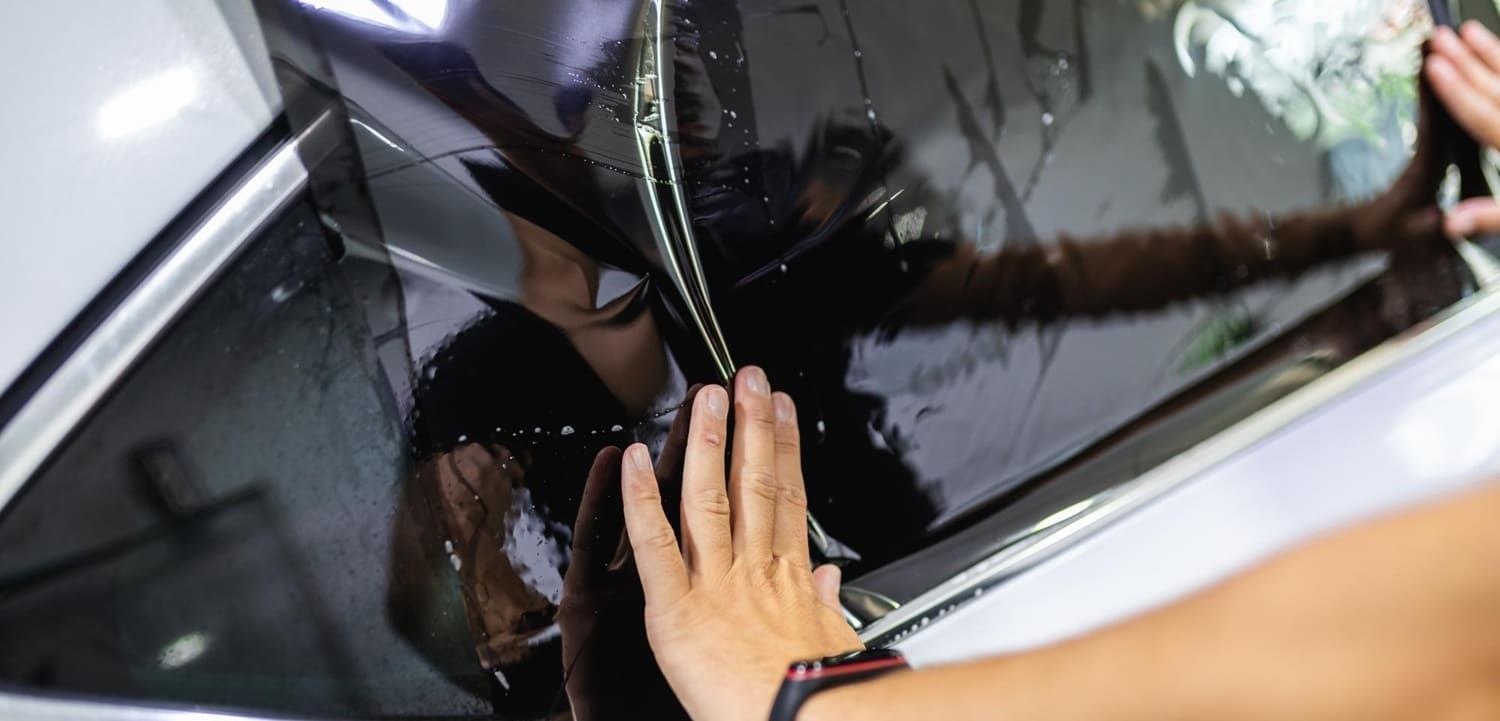
Professional Installation vs. DIY: What Tesla Owners Should Know
Tesla and other premium EVs present unique installation challenges that make professional installation highly recommended. The large, curved windows—especially the expansive rear windshields found in Model 3 and Model Y vehicles—require specialized techniques and equipment for proper tint application. Additionally, the sensitive electronics and premium interior materials demand careful, experienced handling during installation.
Professional installers who specialize in Tesla vehicles understand the specific requirements of these cars. They use large, single-piece film applications to avoid visible seams, particularly important for the distinctive rear windows. They know how to safely remove door panels and trim pieces without damaging clips or electronic connections. Most importantly, they can ensure the tint is applied without bubbles, creases, or gaps that would compromise both appearance and performance.
Quality professional installation typically comes with warranties covering the film and workmanship for several years—often 5-10 years for premium ceramic films. This warranty protection provides peace of mind and ensures you have recourse if any issues develop with the tint. DIY installations, by contrast, offer no such protection, and mistakes made during application are often impossible to correct without purchasing entirely new film.
The cost difference between professional and DIY installation is often smaller than many Tesla owners expect, especially when factoring in the cost of quality film, proper tools, and the risk of wasting materials on failed attempts. Professional Tesla window tinting in Ohio typically ranges from $400-$800 depending on the film quality and number of windows tinted, while quality DIY materials alone can cost $200-$400 with no guarantee of successful application.
Maintaining Your EV's Window Tint
Proper maintenance ensures your window tint continues performing optimally and looking great for years. Fortunately, modern ceramic and carbon films require minimal special care, but following a few simple guidelines protects your investment.
After installation, avoid rolling down your windows for at least 3-5 days, or longer if your installer recommends it. This curing period allows the adhesive to fully bond with the glass. Rolling windows down prematurely can cause the film to peel away from the edges, requiring costly repairs or complete replacement.
When cleaning tinted windows, use only soft microfiber cloths and cleaning solutions specifically designed for tinted windows or mild soap and water. Avoid ammonia-based cleaners like Windex, as ammonia can degrade the tint film over time, causing discoloration and delamination. Paper towels, rough sponges, and abrasive cleaners should also be avoided, as these can scratch the film surface.
Ohio winters present specific care considerations. When scraping ice from windows, be extremely gentle and avoid using metal scrapers directly on tinted windows. If possible, use your Tesla's climate control to defrost windows rather than scraping. If you must scrape, use plastic scrapers designed for tinted windows and work carefully to avoid catching the film edges.
Watch for signs of wear or damage over time, including bubbling, peeling at edges, discoloration, or the appearance of vertical lines. Quality ceramic tint should last 10+ years without these issues, but environmental exposure and cleaning practices can impact longevity. If you notice problems developing, consult your installer—many warranties cover defects and premature failure.
Frequently Asked Questions
How much does Tesla window tinting cost in Ohio?
Professional Tesla window tinting in Ohio typically ranges from $400 to $800 depending on the film quality and coverage. Basic carbon tint for side and rear windows starts around $400-500, while premium ceramic tint for full coverage including windshield strip costs $600-800. Front windows only typically run $200-300. Higher-end films like XPEL or LLumar FormulaOne command premium prices but offer superior performance and longer warranties.
Will window tint void my Tesla warranty?
Window tinting does not void Tesla's vehicle warranty. However, if aftermarket tinting directly causes damage to your windows or surrounding components, Tesla may not cover repairs to those specific damaged parts. Using a professional installer experienced with Tesla vehicles minimizes any risk. Tesla's warranty continues to cover powertrain, battery, and other vehicle systems regardless of whether you add window tint.
Can I tint my Tesla's panoramic roof?
Yes, Tesla's panoramic glass roofs can be tinted, and many owners choose to add tint for additional heat and UV protection. Since roof glass isn't regulated by Ohio's window tint laws (which apply to side and rear windows), you can select darker tints for maximum heat rejection. Ceramic tint is particularly popular for panoramic roofs as it blocks heat without creating interior darkness. Professional installation is strongly recommended for roof tinting due to the curved glass and difficult access.
How long does window tint installation take?
Professional Tesla window tinting typically takes 2-4 hours depending on how many windows are being tinted and the complexity of the installation. Full vehicle tinting with windshield strip usually takes 3-4 hours, while side and rear windows only may be completed in 2-3 hours. Your installer will need to keep your vehicle for most of a day to ensure proper curing time before you drive it home.
Does ceramic tint really extend EV battery range?
Yes, ceramic window tint can measurably extend your EV's range by reducing the energy needed for climate control. By blocking up to 60% of solar heat, ceramic tint reduces air conditioning usage, which can consume 15-30% of battery capacity during hot weather. Real-world testing shows tinted EVs can gain 5-10% additional range during summer months compared to untinted vehicles. The benefit is most noticeable on longer trips and during peak summer temperatures common in Ohio.
What's the best tint percentage for Tesla front windows in Ohio?
In Ohio, you must use 50% VLT or lighter on front side windows to remain legal. Many Tesla owners find that 50% ceramic tint provides excellent benefits—blocking 99% of UV rays and significant heat—while maintaining legal compliance and good visibility. This percentage offers meaningful glare reduction and some privacy without making the windows noticeably dark. Since ceramic tint performs better than older film types, 50% ceramic provides more heat rejection than darker dyed or metallic films.
Can window tint interfere with Tesla's Autopilot or cameras?
Quality ceramic or carbon tint will not interfere with Tesla's Autopilot, cameras, or sensors. These features rely on external cameras mounted outside the vehicle or embedded in the windshield above where tint is applied. However, metallic tints should be avoided as they can interfere with GPS, cellular signals, and radio reception. Professional installers familiar with Tesla vehicles know to avoid these problematic film types and apply tint in ways that don't affect any sensors or technology features.
How do I know if my tint installer is qualified for Tesla vehicles?
Look for installers who specifically mention experience with Tesla or luxury vehicles, display certifications from film manufacturers like XPEL or LLumar, show examples of previous Tesla tinting work, offer substantial warranties (5-10 years for premium films), and are willing to discuss the specific techniques they use for Tesla's large, curved windows. Ask if they use single-piece applications for rear windows rather than seamed installations. Reading reviews from other Tesla owners provides valuable insight into quality and customer satisfaction.
Should I tint my windshield beyond the legal strip?
In Ohio, only a 5-inch tint strip is legal at the top of the windshield. Full windshield tinting violates Ohio law and will result in tickets if detected during traffic stops. The legal tint strip, however, provides valuable benefits by blocking sun glare during sunrise and sunset driving without obstructing your forward vision. Many Tesla owners find the windshield strip combined with properly tinted side windows provides sufficient sun protection while maintaining full legal compliance.
How long does ceramic window tint last on an EV?
Quality ceramic window tint typically lasts 10 years or longer with proper care and maintenance. Premium brands like XPEL and LLumar often include lifetime warranties against fading, bubbling, and peeling. The longevity of ceramic tint makes it an excellent investment for Tesla owners who plan to keep their vehicles long-term. Unlike dyed films that may fade within 2-3 years, ceramic tint maintains its appearance and performance throughout its lifespan, providing consistent UV protection and heat rejection year after year.
If you're a Tesla or EV owner in Ohio, Solar Shade Truck and Car Paradise in Waynesville, OH is your trusted local expert for ceramic window film installations. We proudly serve drivers throughout Waynesville, OH, providing premium heat-rejecting window tint that protects your EV and boosts performance. Contact us or request a free estimate on our website to get started today!
